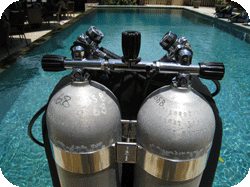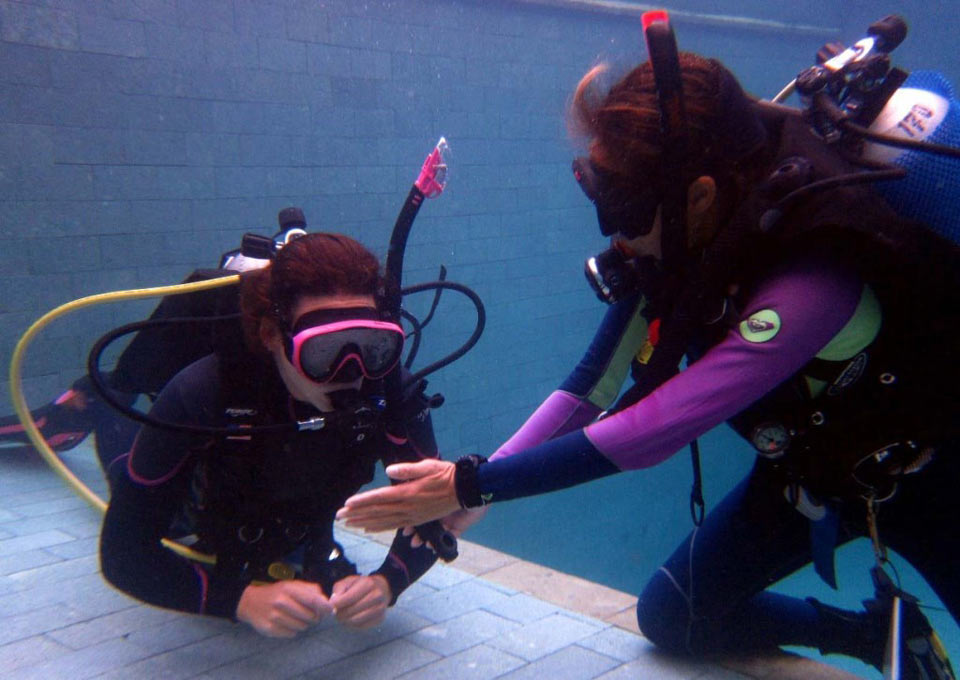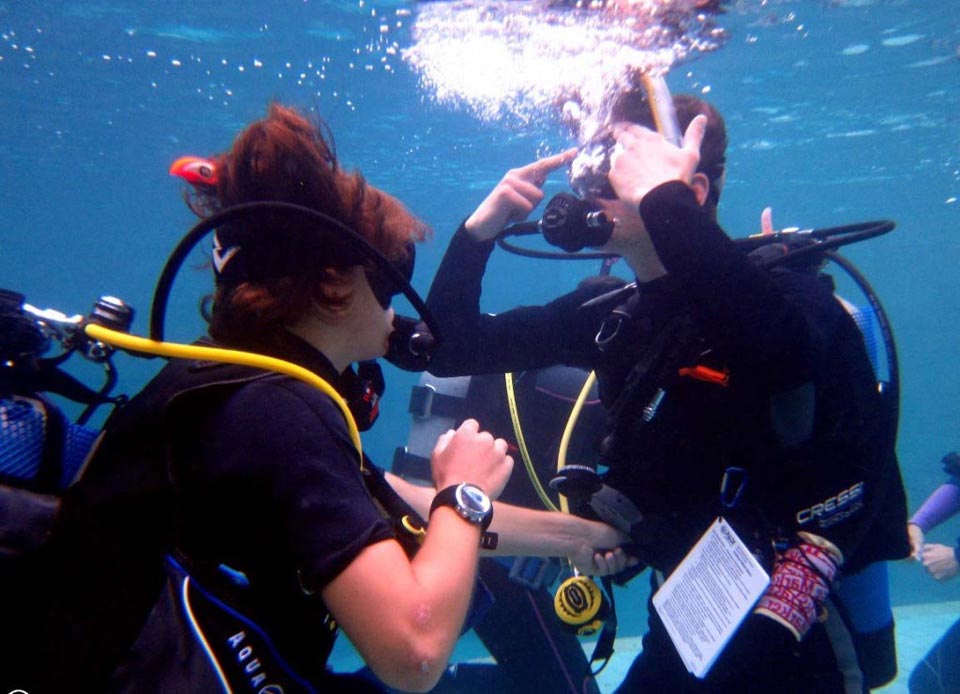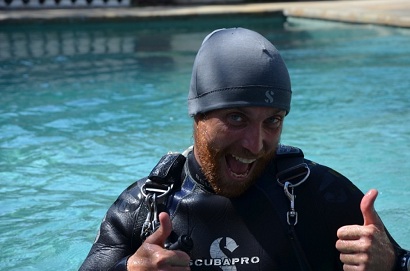Different Gases Mixes for Scuba Diving – PADI IDC Note
Even though many divers call it an oxygen tank, it is not usually full of oxygen. Many times, it is just regular air, but there can be other gases, such as nitrox as well as PADI IDC candidate you have to know how the gases mix at your tank. Here are some of the mixes to be found within the gas cylinder:
- Air – 21% oxygen and 79% nitrogen

This is actually the preferred dive gas because it has enough oxygen to keep one breathing well underwater. In addition, it is easily accessible and it is cheap. When using air, there are limitations because as one dives the body tissues use more nitrogen and when they are ascending the body releases oxygen. This nitrogen load tends to make all the difference between how long one can stay at the bottom and also how fast one can ascend. As one goes further down, the nitrogen turns to a narcotic causing another problem. Recreational diving is limited to 40 meters (130 feet) and air can become toxic beyond 56 meters (184 feet).
The oxygen contained here ranges between 22% and 40%. However, the most common nitrox mixes are from 32% and 36%. Even though many have believed that nitrox allows them to dive deeper, the truth is that it is a gas for shallow diving. You will breathe at the same rate and will deplete the tank the same way you would a tank filled with air. The one thing it does is to extend NDLs (No-decompression Limits). The reason for this is that it has more oxygen and less nitrogen, which means that your tissues will absorb less nitrogen you will learn this more deep in PADI IDC Course.
- Trimix – This is a mix of helium, nitrogen and oxygen. Helium is a gas that is inert meaning that it will not react with your body when you dive deep. By replacing nitrogen which becomes a narcotic as you go deeper with helium, you are able to keep your head clear as you dive deeper. The most common mixture comes with 44% nitrogen, 35% helium and 21% oxygen.
- Decompression Gases: 40% – 99% Nitrox and 100% oxygen
In order to properly understand the benefits and risks of using decompression gasses, you need to be trained as a technical diver. The most common mixes are 100% oxygen, 50% – 80% nitrox. In order to use these gasses, you need skills so that you can dive safely.
- Exotic and Commercial Gases
PADI course Commercial divers use heliox instead of trimix. Heliox is a mix of oxygen and helium and it can allow one to dive as low as 300m or 984 feet. If one was to go deeper, he would have to use hydrogen in place of helium.
Learning about enriched air or doing it as a specialty for your dive journey can enhance your dive knowledge more or aid your dive career. Consider and join us for an exciting PADI IDC program in Bali with Blue Season Bali.



